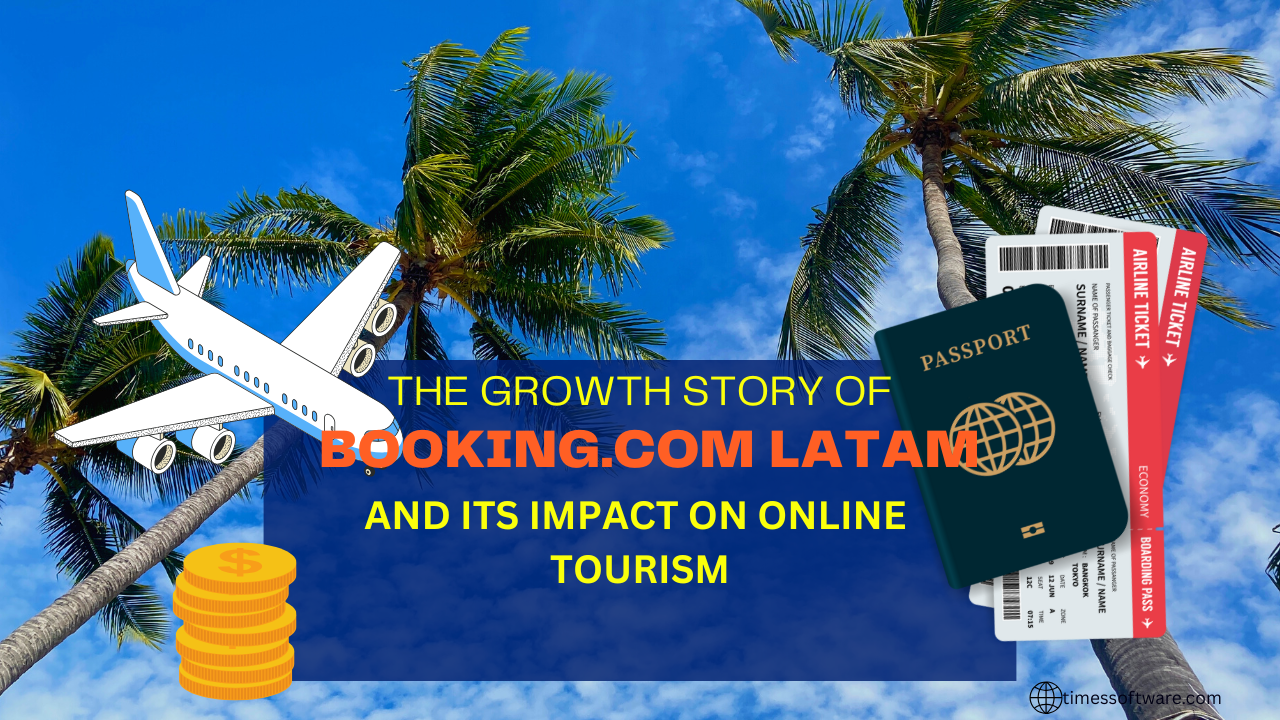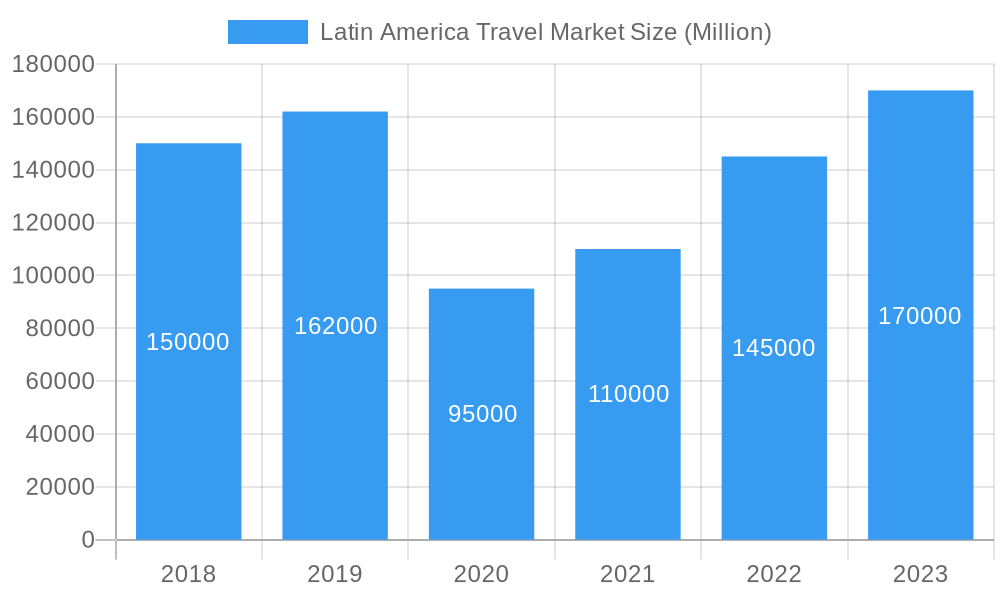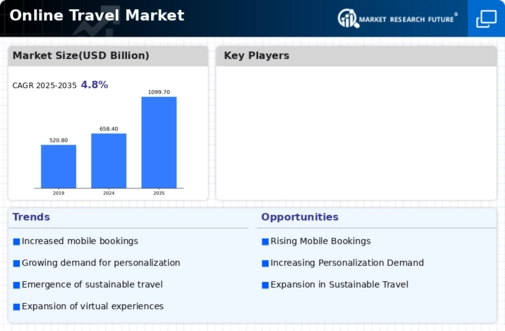HomeBlogAffiliate MarketingThe Growth Story of Booking.co...
The Growth Story of Booking.com LATAM and Its Impact on Online Tourism

The Growth Story of Booking.com LATAM and Its Impact on Online Tourism
Discover how Booking.com LATAM has transformed the online tourism landscape across Latin America. This blog explores its remarkable growth journey, innovative localization strategies, and the lasting impact on regional travel, small businesses, and sustainable tourism in the digital era.
Table of Contents
ToggleIntroduction:
The digital transformation of travel has reshaped how people explore the world, and Booking.com LATAM stands as a major catalyst in this evolution. From beaches in Brazil to the ancient ruins of Peru, Booking.com’s presence across Latin America has transformed both traveler behavior and the regional tourism economy. But how did it all begin, and what’s fueling this incredible growth? Let’s explore.
The Beginning of Booking.com’s Expansion into LATAM
Booking.com, originally a European powerhouse, recognized early the untapped potential of Latin America. With rising internet penetration, affordable smartphones, and a growing middle class, LATAM became the perfect landscape for digital tourism growth.
By 2012, Booking.com had firmly planted its roots in key LATAM countries like Brazil, Mexico, and Argentina—laying the foundation for what would soon become a thriving ecosystem for online travel bookings.
Market Challenges and Opportunities
Expanding into LATAM wasn’t without hurdles. The region faced challenges such as low credit card penetration, cultural diversity, and fluctuating economies. However, these obstacles also revealed opportunities.
Booking.com leveraged flexible payment methods, localized languages, and region-specific offers—making travel booking more inclusive for millions of users who had never before booked online.
Booking.com’s Localization Strategy
Localization has been the secret sauce behind Booking.com LATAM’s success. Instead of forcing a global template, the company tailored its approach:
- Websites and customer service available in Spanish and Portuguese.
- Partnerships with local tourism boards.
- Promotions tied to regional holidays and festivals.
This approach didn’t just attract international travelers—it built deep trust among local users.
Technology and Innovation Driving Growth
Technology lies at the heart of Booking.com LATAM’s evolution. With a mobile-first strategy, the company tapped into the mobile-savvy population of Latin America.
Features such as instant confirmations, dynamic pricing, and in-app travel guides have made it easier than ever to plan trips on the go. AI-driven algorithms now recommend personalized stays, while machine learning helps predict seasonal demands—making the platform more intuitive every day.
The Role of Data in Booking.com LATAM
Data isn’t just a buzzword; it’s the backbone of Booking.com’s LATAM growth. By analyzing traveler behavior, Booking.com can predict preferences, optimize pricing, and provide tailored experiences.
For instance, data insights show that LATAM users often prefer flexible bookings, family-friendly stays, and budget-friendly options—insights that shape everything from app design to promotions.
Marketing Strategies and Customer Engagement
Booking.com’s marketing game in LATAM is nothing short of brilliant. From sponsoring regional festivals to collaborating with influencers, the company understands the power of community-driven marketing.
Campaigns often feature real travelers’ stories, showing authentic Latin American experiences. This emotional storytelling approach fosters connection—and loyalty.
Impact on Small and Medium Hospitality Businesses
Perhaps the most profound impact of Booking.com LATAM is on small and medium-sized hotels, hostels, and vacation rentals.
By joining the platform, these businesses gain access to a global audience, secure online payments, and data-driven pricing tools. In many rural or emerging tourism areas, Booking.com has been the bridge between local hospitality and the digital economy.
Why HubSpot Is the Best CRM for Small Businesses
Why GOVEE MOMENTS TRADING LIMITED Is Leading in RGB Innovation
Social Catfish vs BeenVerified: Which Tool is Better for Background Checks?
Lordhair Maintenance Guide: Make Your Hairpiece Last Longer
Why Sonetel Is the Smart Choice for International Calling
Economic Impact on LATAM Tourism
The economic ripple effect of Booking.com in LATAM is massive. The platform not only drives tourist arrivals but also boosts local economies. More bookings mean more jobs, more cultural exchange, and increased investment in tourism infrastructure.
In countries like Mexico and Brazil, tourism GDP has risen in part due to online platforms like Booking.com connecting travelers directly to local providers.
Sustainable Tourism Initiatives
Booking.com is not just about travel—it’s also about responsible travel. Through its Travel Sustainable program, the company highlights eco-friendly accommodations that prioritize energy conservation, waste reduction, and community impact.
In Latin America, where biodiversity is precious, such initiatives help travelers make more conscious choices—protecting rainforests, coastlines, and cultural heritage.
Competitors and Market Position
LATAM’s online travel sector is competitive, with players like Expedia, Despegar, and Airbnb vying for market share. Yet, Booking.com remains a leader due to its user trust, transparent pricing, and seamless booking experience.
Its continuous innovation and customer-first philosophy keep it at the forefront of LATAM’s online travel revolution.
Post-Pandemic Recovery and Adaptation
The COVID-19 pandemic was a turning point for the travel industry, and Booking.com LATAM adapted swiftly. The company introduced flexible cancellation policies, cleanliness certifications, and “work-from-anywhere” stay options.
As travel rebounded, Booking.com became a trusted name for safe, convenient, and affordable travel—fueling the post-pandemic tourism recovery.
Customer Trust and Brand Loyalty
Trust is Booking.com’s strongest asset. User reviews, transparent pricing, and secure payments have created a loyal base across Latin America.
Many travelers see Booking.com not just as a platform, but as a reliable travel companion—one that simplifies the journey from dream to destination.
Future of Booking.com in LATAM
The future looks bright for Booking.com LATAM. As digital literacy grows and connectivity improves, the platform aims to expand into smaller cities and rural destinations.
Emerging technologies like augmented reality (AR) travel previews and blockchain-based payment systems could redefine how LATAM travelers experience booking in the next decade.
Conclusion
The growth story of Booking.com LATAM is more than just a business success—it’s a narrative of empowerment, innovation, and inclusion. From transforming local hospitality to fueling the region’s tourism economy, Booking.com has reshaped how Latin America travels.
Its blend of technology, trust, and cultural understanding ensures that this success story is far from over—it's only just beginning.
Frequently Asked Question
Its localization strategy, flexible payment options, and deep understanding of local culture make it highly effective across Latin America.
It has given small and medium hospitality providers access to global travelers, boosting bookings and digital visibility.
AI, machine learning, and mobile-first development are key technologies that enhance user experience and personalization.
Yes, through its Travel Sustainable initiative, it promotes eco-friendly and community-driven travel experiences.
Future plans include expansion into untapped regions, integration of emerging technologies, and continued focus on sustainability.












